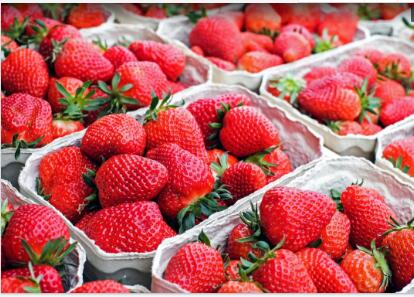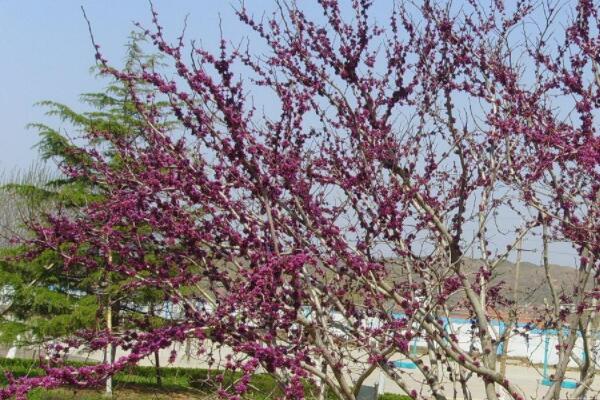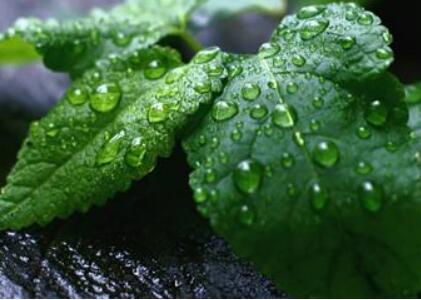How to carry out soilless cultivation and management of strawberry cultivation?
With the development of facility agriculture, the area of strawberry soilless cultivation is also expanding. Planting strawberry with soilless cultivation technology can effectively improve the economic benefit of strawberry planting. So how can strawberry cultivation be soilless and managed? The following is to introduce the complete collection of soilless cultivation techniques of strawberries. Let's learn about it.

I. cultivation facilities
There are two kinds of strawberry soilless cultivation trough: digging cultivation trough and high border cultivation trough. The bottom digging cultivation trough leaves a 70 cm wide walkway at the back wall root in the greenhouse, and digging the cultivation trough in the north-south direction. The trough is 50 cm wide and 25-30 cm deep, and the length of the trough depends on the span of the greenhouse. The walkway between grooves (slot spacing) is 40 cm, and the trough wall is covered with plastic film, and the high border cultivation trough is generally built with brick.
II. Cultivated varieties
In recent years, strawberries cultivated by facilities in northern China include Hong Yan, Zhang Ji, Sweet Charlie, Ghost Nugan, Fengxiang, Yinu, Xingxiang and other Japanese excellent varieties, which are resistant to low temperature, strong growth, shallow dormancy, early maturity, large fruit, high yield and good marketability. Through several years of screening, experts found that the two varieties of GuiNugan and Fengxiang showed more high yield in the cold area at high altitude, and they were the main varieties of facility soilless cultivation.
III. Colonization techniques
1. Planting preparation: spraying insecticides to control mites, aphids and other pests in the seedling nursery 2-3 days before planting, in order to reduce the population density in the greenhouse after transplanting and better control the occurrence of insect pests. Watering once after spraying is beneficial to reduce the damage of root system during seedling emergence. The seedlings were graded according to the size of the seedlings and planted in the shed. Soak the substrate before planting to keep the substrate moist when planting strawberries.
2. Planting time: the planting time of strawberry in soilless cultivation is determined according to the degree of terminal bud flower bud differentiation. In general, 50% of plants in seedling nursery are suitable for planting through flower bud differentiation. It is most suitable to plant in the middle of September, and it will mature and appear on the market in January of the following year, which not only realizes out-of-season sales and enriches the variety of winter and spring fruit market, but also coincides with traditional festivals such as New Year's Day and Spring Festival, with strong market demand and high product prices.
3. Planting density: 2 rows in each cultivation trough, row spacing 30-35 cm, plant spacing 8-10 cm, 15000-18000 plants per mu.
4. planting method: planting in cloudy day or in the evening, it is required to select robust seedlings with 5-6 spreading leaves, thick green leaves and developed roots, and remove old leaves, diseased leaves and stolons. Only 3-4 new leaves are left in each seedling, and part of the root system is cut off at the same time, so as to reduce water evaporation and promote the growth and development of new roots.
5. Planting depth: strawberry planting depth is the key to seedling survival, which can neither be too deep nor too shallow, and achieve the basic requirement of "deep without immersion, shallow without revealing roots". The suitable planting depth is that the stem of the seedling center (the tip of the outer leaf) is flat or slightly higher than the cultivation surface, and can not be buried in the substrate to ensure the survival rate of the seedling.
6. Planting management: watering strawberry roots in time after planting is beneficial to slow down seedlings. In case of strong sunshine, silver-gray shading net should be added to shade.
IV. Water and fertilizer management
The application of drip irrigation under plastic film in water and fertilizer management of soilless cultivation of strawberry can not only save water, but also reduce space humidity and disease. The matrix should be kept moist throughout the production period. The nutrients in sheep dung and hemp residue can meet the nutrient demand of strawberries. in order to increase the yield, after the first fruit of the main flower ear was harvested, an appropriate amount of rotten chicken manure was applied, 50-60 kg per mu. The application of potassium fertilizer can avoid strawberry fruit acidification.
5. Timely harvest
Strawberry fruit is mainly fresh and should be harvested when the fruit is 80-90% ripe. Picking should be carried out at 8:00-10:00 or 16:00-18:00, do not pick fruit and heat fruit, so as to avoid decay and deterioration. To pick, handle gently, do not damage the calyx, and grade packaging sales.
Time: 2019-03-19 Click:
- Prev

What does the legume bauhinia tree look like? How much is the seedling price? When will it blossom? What are the functions? Attached
Bauhinia, also known as red, bare branch tree, purple pearl, Leguminosae, Bauhinia genus, deciduous trees or shrubs, originated in China, has high medicinal and ornamental value. What does the bauhinia tree look like? How much is the seedling price? When will it blossom? What are the functions? What are the breeding methods?
- Next

Key points and methods of management of mint planting head knife period
Peppermint is a mint plant of the family Labiatae, which is an aromatic crop with special economic value, both edible value and medicinal value. At the same time, peppermint also has a good ornamental value, has a very good refreshing, awakening effect, can help brain nerves get excited.
Related
- Fuxing push coffee new agricultural production and marketing class: lack of small-scale processing plants
- Jujube rice field leisure farm deep ploughing Yilan for five years to create a space for organic food and play
- Nongyu Farm-A trial of organic papaya for brave women with advanced technology
- Four points for attention in the prevention and control of diseases and insect pests of edible fungi
- How to add nutrient solution to Edible Fungi
- Is there any good way to control edible fungus mites?
- Open Inoculation Technology of Edible Fungi
- Is there any clever way to use fertilizer for edible fungus in winter?
- What agents are used to kill the pathogens of edible fungi in the mushroom shed?
- Rapid drying of Edible Fungi

